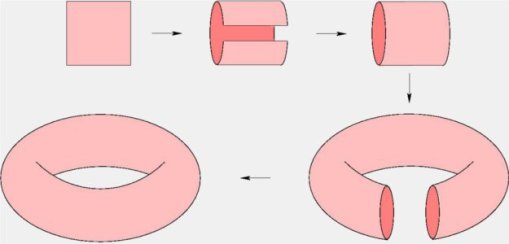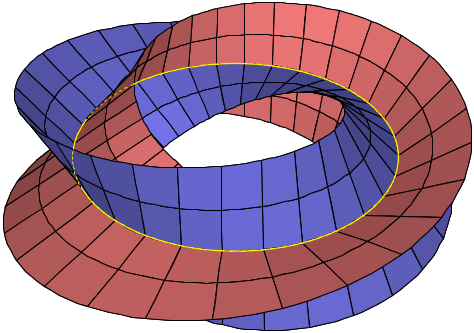Welcome to this week’s Math Munch!
Sometimes math pops up in places when you aren’t even looking for it. This week I’d like to share three websites that I enjoy. What they have in common is that they all cover a wide range of subjects—astronomy, politics, pop culture—but also host some great math if you know where to look for it.
 First up is a site called Nautilus. In their own words, “We are here to tell you about science and its endless connections to our lives.” Each month they publish articles around a theme. This month’s theme is “Heroes.” Included in Nautilus’s mission is discussing mathematics, and you can find their math articles on this page. Here are a few articles to get you started. Read about how Penrose tiles have made the leap from nonrepeating abstraction to the real world—including to kitchen items. Learn about one of math’s beautiful monsters and how it shook the foundations of calculus. Or you might be interested in learning about how a mathematician is using computers to change the way we write proofs.
First up is a site called Nautilus. In their own words, “We are here to tell you about science and its endless connections to our lives.” Each month they publish articles around a theme. This month’s theme is “Heroes.” Included in Nautilus’s mission is discussing mathematics, and you can find their math articles on this page. Here are a few articles to get you started. Read about how Penrose tiles have made the leap from nonrepeating abstraction to the real world—including to kitchen items. Learn about one of math’s beautiful monsters and how it shook the foundations of calculus. Or you might be interested in learning about how a mathematician is using computers to change the way we write proofs.
 Next, you might think that, since the presidential election is now over, you won’t be heading to Nate Silver’s FiveThirtyEight quite as often. But do you know about the site’s column called The Riddler? Each week Oliver Roeder shares two puzzles, the newer Riddler Express and the Riddler Classic. Readers can send in their solutions, and some get featured on the website—that could be you! Here are a couple of puzzles to get you started, and you can also check out the full archive. The Puzzle of the Lonesome King asks about the chances that someone will win a prince-or-princess-for-a-day competition. Can You Win This Hot New Game Show? asks you to come up with a winning strategy for a round of Highest Number Wins. And Solve The Puzzle, Stop The Alien Invasion is just what is says on the tin.
Next, you might think that, since the presidential election is now over, you won’t be heading to Nate Silver’s FiveThirtyEight quite as often. But do you know about the site’s column called The Riddler? Each week Oliver Roeder shares two puzzles, the newer Riddler Express and the Riddler Classic. Readers can send in their solutions, and some get featured on the website—that could be you! Here are a couple of puzzles to get you started, and you can also check out the full archive. The Puzzle of the Lonesome King asks about the chances that someone will win a prince-or-princess-for-a-day competition. Can You Win This Hot New Game Show? asks you to come up with a winning strategy for a round of Highest Number Wins. And Solve The Puzzle, Stop The Alien Invasion is just what is says on the tin.
The third site I’d like to point you to is Brain Pickings. It’s a wide-ranging buffet of short articles on all kinds of topics, written and curated by Maria Popova. If you search Brain Pickings for math, all kinds of great stuff will pop up. You can read about John Conway, Paul Erdős, Margaret Wertheim, Blaise Pascal, and more. You’ll find book recommendations, videos, history, and artwork galore. I particularly want to highlight Maria’s article about the trailblazing African American women who helped to put a man on the moon. Their story is told in the book Hidden Figures by Margot Lee Shetterly, and the feature film by the same name is coming soon to a theater near you!
I hope you find lots to dig into on these sites. Bon appetit!










